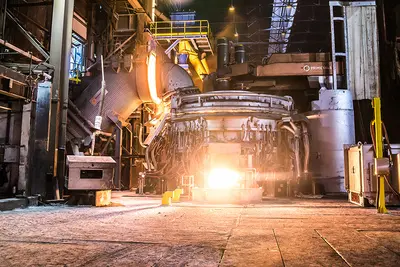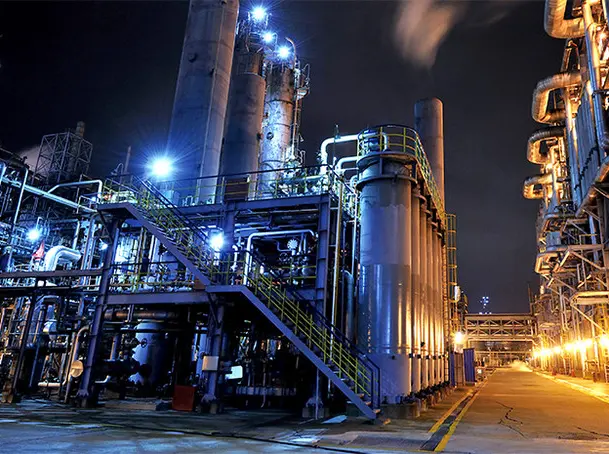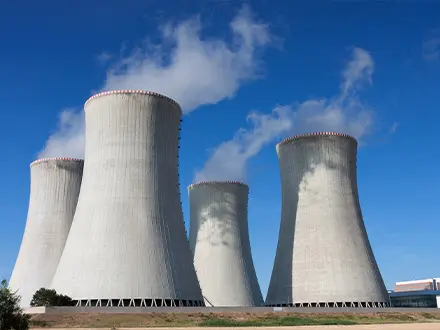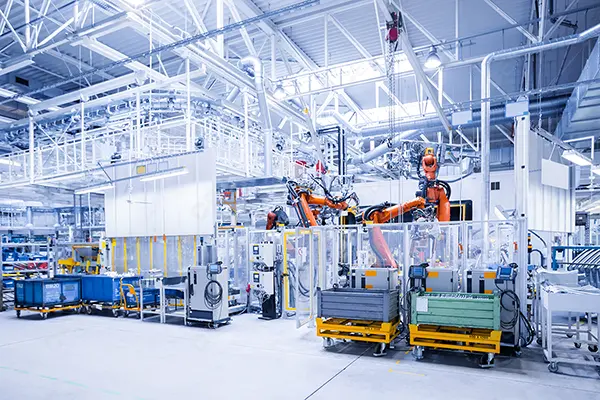High-temperature quartz view windows are a type of viewing window designed to operate stably and without damage in high-temperature environments, such as in high-heat fields with open flames or in hot air environments without open flames.
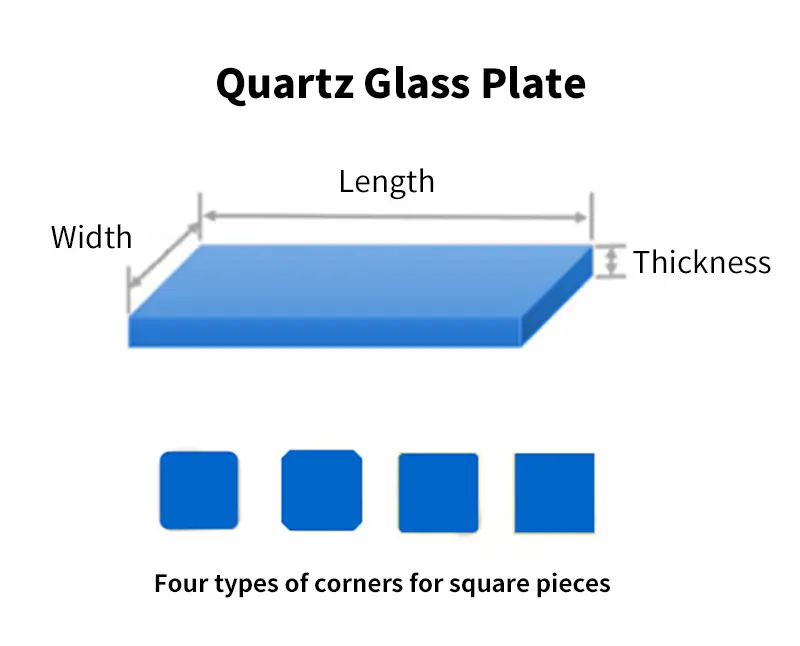
- ayment method: By wire transfer or advance payment, depending on the quantity of the order.
- Delivery time: According to the order quantity.
- Transportation method: Sea freight or air freight, depending on the customer.
Remarks:
To confirm the order, The following parameters need to be provided: ① Square: length, width, thickness ② Circle: diameter, thickness ③ Accuracy ④ Quantity
| Содержание недвижимости | Стоимость недвижимости |
|---|---|
| SiO2 | 99.99% |
| Плотность | 2,2×10³ кг/см³ |
| Твердость | 5,5 - 6,5 Шкала Мооса 570 KHN 100 |
| Прочность на разрыв | 4,8×10⁷ Па (Н/мм2) (7000 фунтов на кв. дюйм) |
| Прочность на сжатие | >1,1×10⁹ Па (160 000 фунтов на кв. дюйм) |
| Коэффициент теплового расширения | 5,5×10-⁷ см/см°C (20°C-320°C) |
| Теплопроводность | 1,4 Вт/м-°C |
| Удельная теплота | 670 Дж/кг-°C |
| Точка размягчения | 1730 °C (3146 °F) |
| Точка отжига | 1210 °C (2210 °F) |
| Точка деформации | 1120 °C (2048 °F) |
| Рабочая температура | 1200°C (2192°F) |
| Электрическое сопротивление | 7×10⁷ Ом см (350°C) |
| Размер | На заказ |
| Логотип | Подгонянный логос принимает |
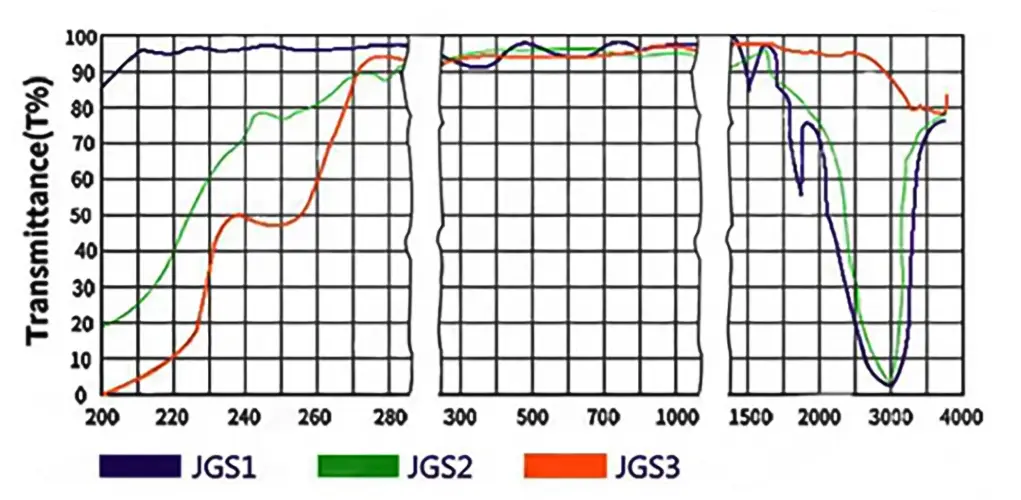
JGS1
Commonly known as UV-grade fused silica, this material exhibits exceptionally low dispersion and very high transmittance in the ultraviolet (UV) spectral range.
JGS2
Similar to JGS1, but may have variations in specific performance parameters such as transmittance and thermal expansion coefficient, depending on the manufacturer’s standards.
JGS3
Typically used in applications requiring higher purity or specialized performance characteristics. Specific performance parameters can vary based on the manufacturer.
Стойкость к высоким температурам
Quartz glass, as the primary material for these view windows, exhibits extremely high-temperature resistance. Its softening point reaches approximately 1730°C, and it can be used continuously at 1100°C, with short-term use up to 1450°C. This enables high-temperature quartz view windows to withstand various high-temperature environments without deformation or fracture.
High Light Transmission
Quartz glass typically has a light transmittance greater than 90%, with transmittance exceeding 93% in the visible light range, and a high transmittance in the UV spectral range. This high light transmission allows high-temperature quartz view windows to provide a clear view of production processes within high-temperature equipment.
Chemical Stability
Quartz glass possesses excellent chemical stability, with almost no reaction to other acids, and acid resistance that is 30 times greater than ceramics and 150 times greater than stainless steel. This allows high-temperature quartz view windows to operate reliably over long periods in corrosive environments, such as acids and alkalis.
Low Thermal Expansion Coefficient
Quartz glass has a very low thermal expansion coefficient and can withstand sudden temperature changes. Even when heated to approximately 1100°C and then quickly placed into room-temperature water, it will not fracture.
Сценарий применения
Quartz view windows have good light transmission across the entire spectrum from ultraviolet to infrared, with a visible light transmittance exceeding 93%. In the ultraviolet spectral range, the transmittance can reach over 80%.
Quartz view windows exhibit high dielectric strength and very low electrical conductivity (low dielectric loss). Even at high temperatures, their electrical conductivity and dielectric loss remain lower than those of many other materials, making them suitable as high-frequency and voltage insulation materials under high-temperature and mechanical stress conditions.
Quartz view windows possess excellent chemical stability and, with the exception of hydrofluoric acid, exhibit almost no chemical reactions with other acids, and have excellent corrosion resistance.
Часто задаваемые вопросы
Кварцевое стекло - это твердый и хрупкий материал с отличными физическими и химическими свойствами, чрезвычайно высокой механической твердостью, хорошей электроизоляцией, высокой температурой и коррозионной стойкостью, низкой и стабильной задержкой, хорошим светопропусканием и т.д. Он широко используется в полупроводниках, оптике, электричестве, химии, аэрокосмической промышленности, автомобилестроении и других областях. Твердые и хрупкие материалы трудно поддаются обработке, поэтому во многих областях срочно требуются процессы резки с небольшим разрушением кромок, меньшими потерями материала, низкой шероховатостью поперечного сечения и широким диапазоном толщины реза. Традиционным методом резки кварцевого стекла является механическая резка, то есть резка кругом. К нетрадиционным методам резки относятся водоструйная резка, резка проволокой электрохимического разряда, непрерывная лазерная резка и т. д. Механическая резка имеет низкую стоимость, но контакт между кругом и материалом приводит к большому износу инструмента, а материал легко загрязняется инструментом. Кварцевое стекло подвержено разрушению кромок, микротрещинам и остаточному напряжению, что влияет на прочность и эксплуатационные характеристики материала! Трудно добиться криволинейной резки и требуется последующая обработка, такая как шлифовка и полировка. Лазерная резка не контактирует непосредственно с материалом, не имеет контактного напряжения и может выполнять сложную криволинейную резку. Пикосекундный лазер обладает такими преимуществами, как малый диаметр пятна, высокая точность, короткое время воздействия на материал и малая площадь воздействия, и подходит для обработки твердых и хрупких материалов.
。


